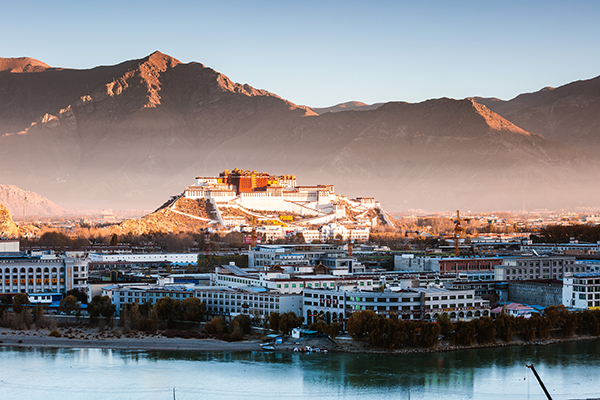Nagchu
Updated: 2025-06-06 (chinadaily.com.cn)  Print
Print 


(1) Historical geography
During the Song Dynasty (960-1279), Nagchu was one of the four northern tribes. After the peaceful liberation, in November 1951, the Leading Organization and Working Organization of the Heihe Office were established; on August 18, 1956, the Heihe Sub-commissioner's Office was established; in October 1959, the Heihe Commissioner's Office was established; in 1969, the Nagchu Regional Revolutionary Committee was established, and in August 1979, the Nagchu Regional Administrative Office was established.
On April 25, 2018, the Nagchu region of the Xizang autonomous region officially announced the abolition of prefectures and the establishment of a city, which would cover the largest land area at the highest sea latitude in China.
On the morning of May 7, 2018, Nagchu held a ceremony to abolish its prefectures and establish a city, making it the sixth prefecture-level city in Xizang.
Nagchu is located in northern Xizang, and tucked between the Tanggula Mountains, the Nyainqentanglha Mountains and the Gangdise Mountains. It is about 1,156 kilometers long from east to west, and about 760 kilometers from north to south.
The city is adjacent to the Xinjiang Uygur autonomous region and Qinghai province to the north. It covers an area of 353,000 square kilometers and has an average elevation of 4,500 meters. It occupies an important strategic position as it links eastern and western Xizang, and is a major gateway to the northern part of the central Tibetan economic zone.
(2) Population division
According to the seventh national census in 2021, the permanent population of Nagqu was 504,838.
The city has 11 counties (and districts), namely Seni district, Amdo county, Nyanrong county, Driru county, Lhari county, Sog county, Drachen county, Shanza county, Palgon county, Nyima county, Tsonyi county. It has jurisdiction over 89 townships, 25 towns, and 1,190 administrative villages (village commissions).
(3) Economic and social development
In 2024, Nagchu's GDP reached 23.1 billion yuan.








